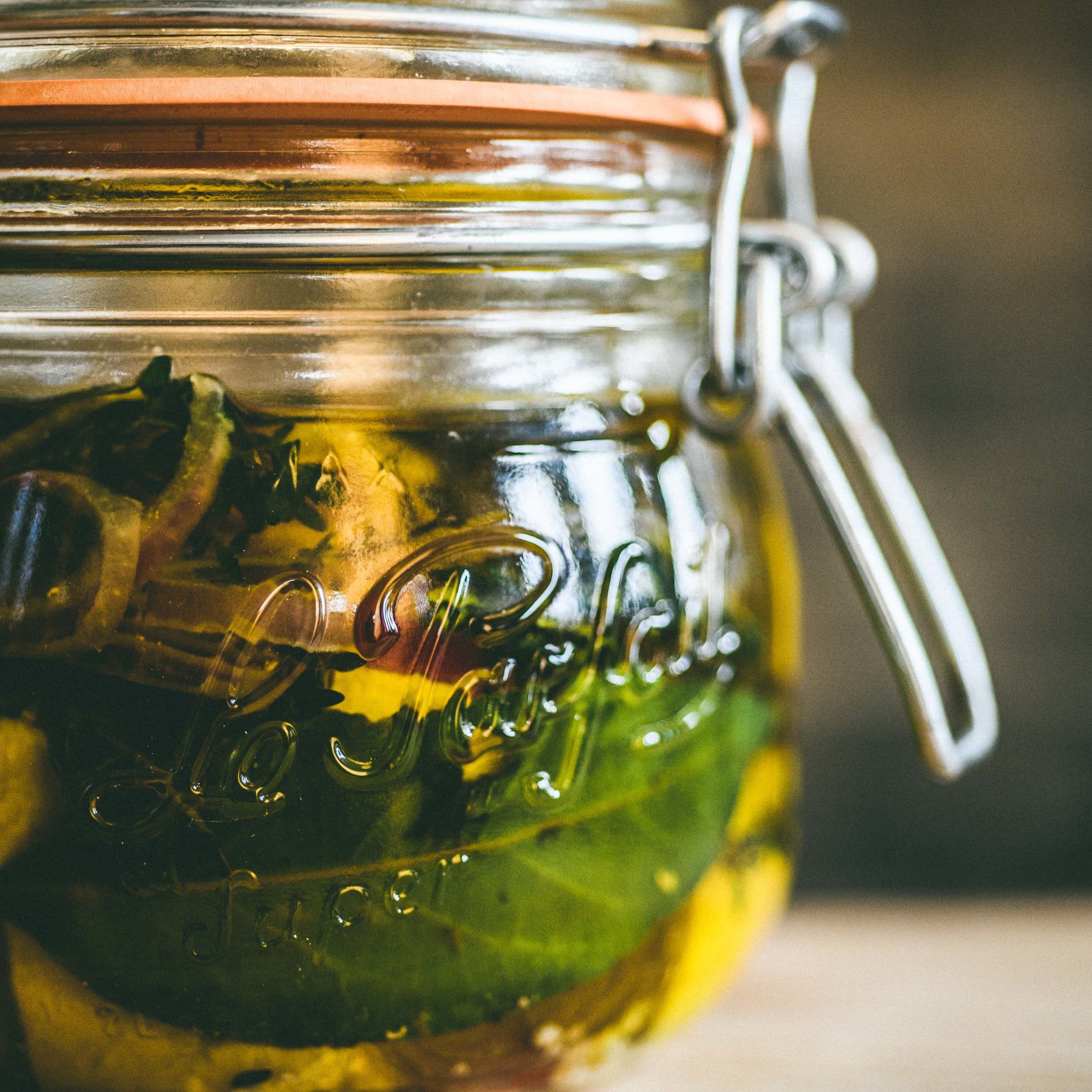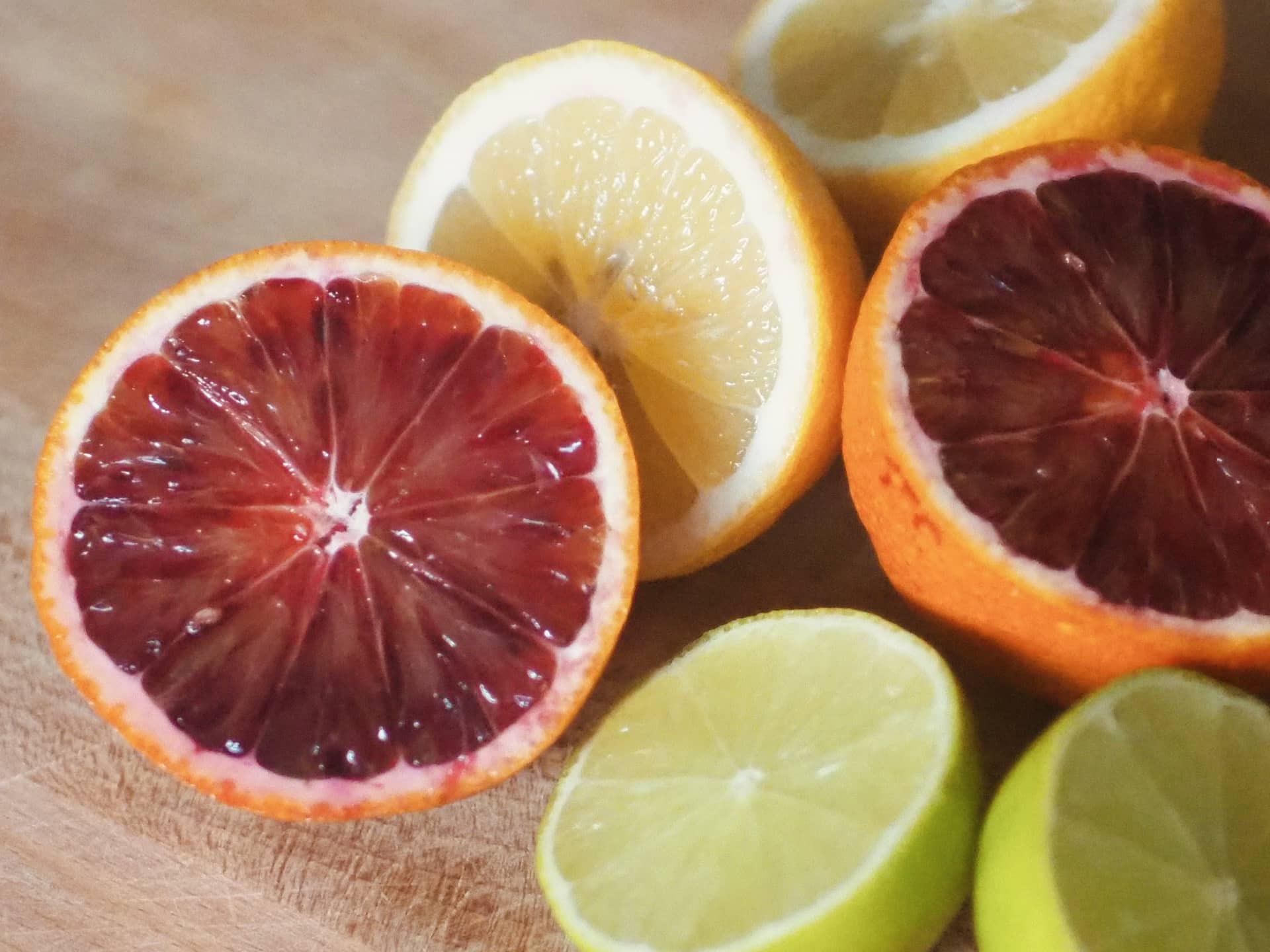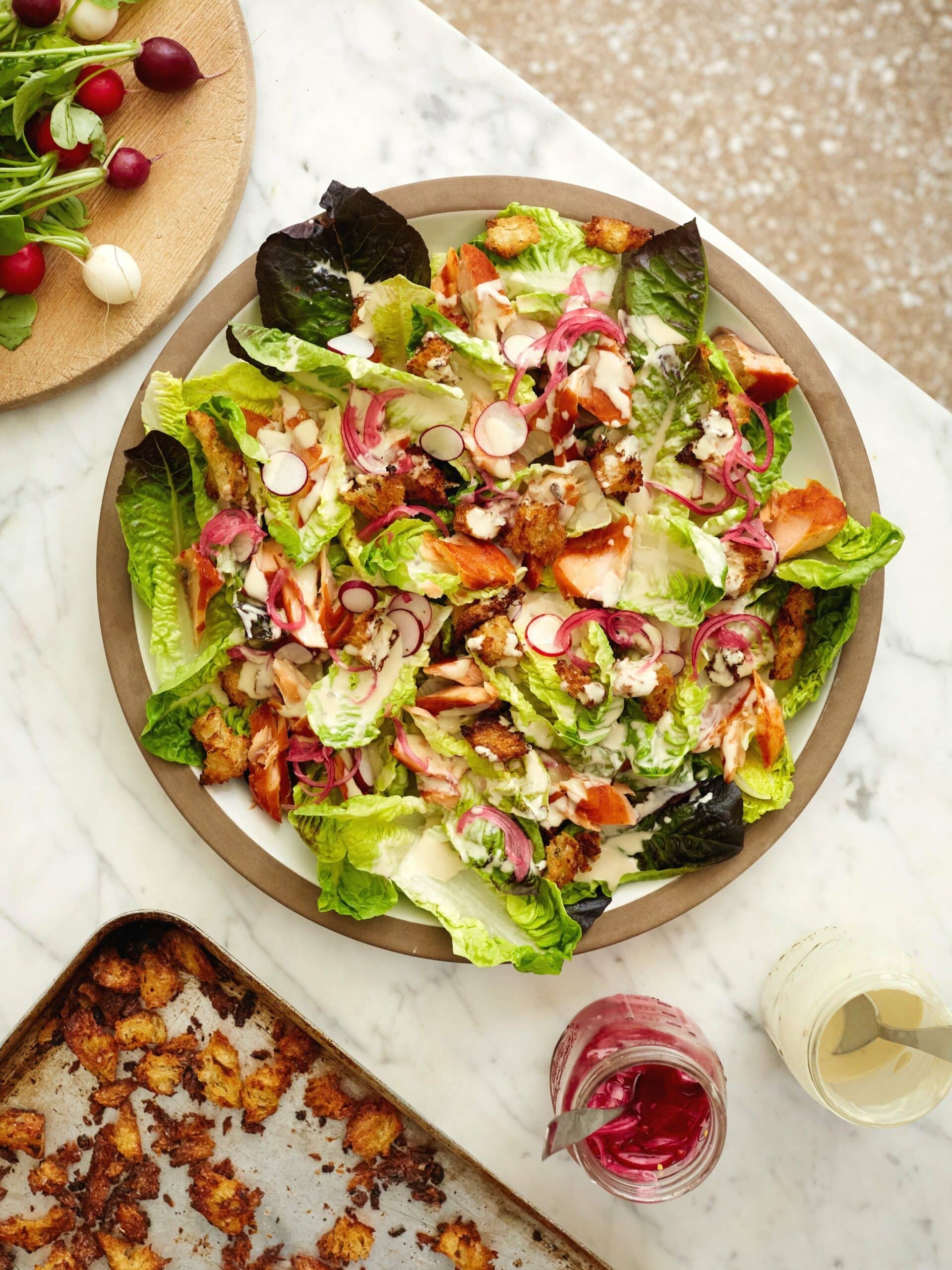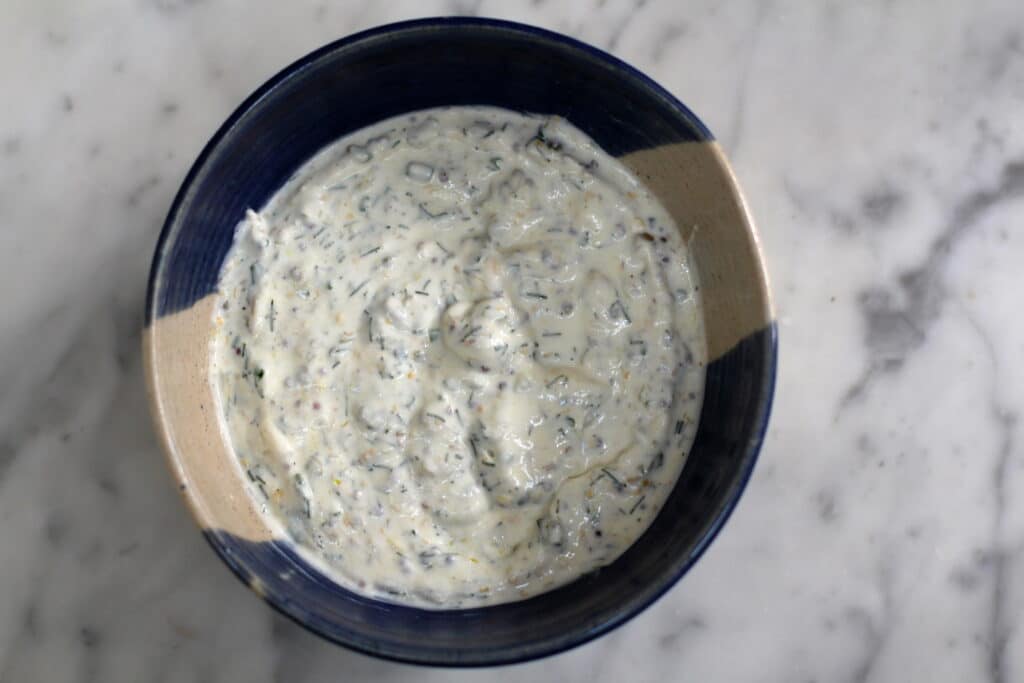When it comes to salad, most of us dribble a little oil or vinegar over some leaves and call it a day. Sometimes, we may substitute a squeeze of lemon for the vinegar. But having a vinaigrette recipe that you can quickly blitz up and store in a jam jar in the fridge, available at the drop of a hat to jazz up a simple bowl of leaves, can really elevate a simple supper to something splendid.
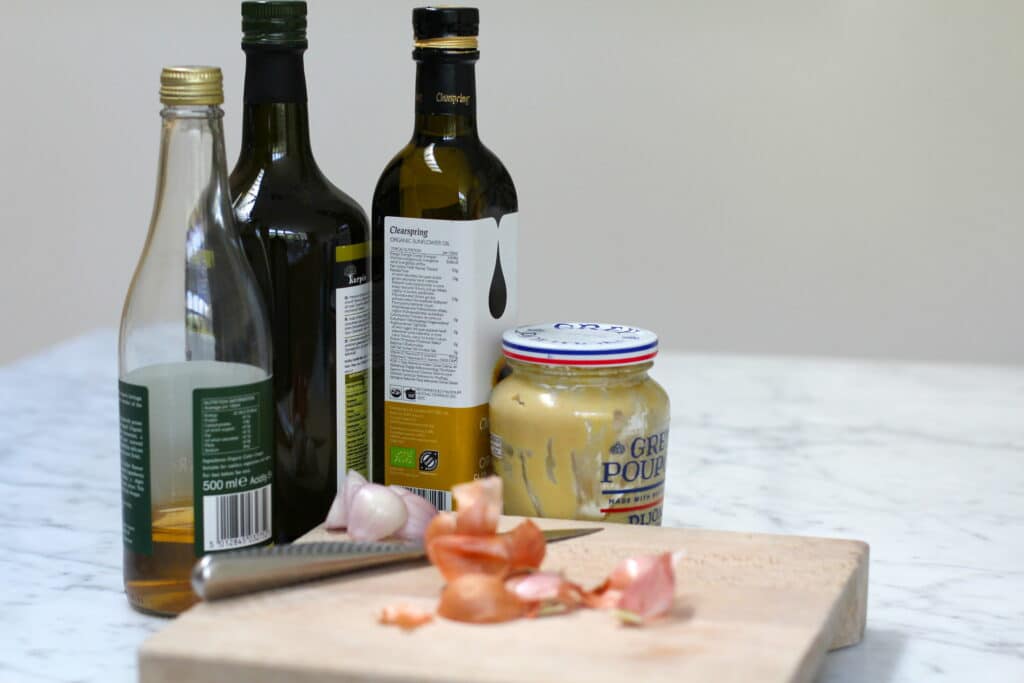
My inspiration for this post came from my friend Jess (she was partially responsible for me starting this blog). She also takes pride of place in being the first reader to request a recipe! The proverbial floodgates are now open, and I officially take requests (although as she will attest, the follow through may not be immediate……….).
I am thrilled that Jess asked me to post such an important, yet basic recipe to appear here. Not because she knows how much I love to share, but because it made me really question this staple item that is always in my fridge, and how it gets there every week. I have had to go back and scrutinise what I put into my jam jar – the proportions and the flavours, and it has resulted in a much better version of what I seem to have been producing recently. So, thank you Jess for forcing me to up my game.
Growing up, I was in charge of making the salad for dinner, so I acquired a skill for making vinaigrette at a young age (and yes, we always kept it in an old jam jar in the fridge). As my salad prowess improved, measuring implements were discarded, and instead my eyes were used to assess the quantities required on any given day. With my new found confidence also came experimentation – various kinds of vinegars, citrus, oils, herbs and aromatics. Making vinaigrette became a whimsical task, with varying degrees of success.
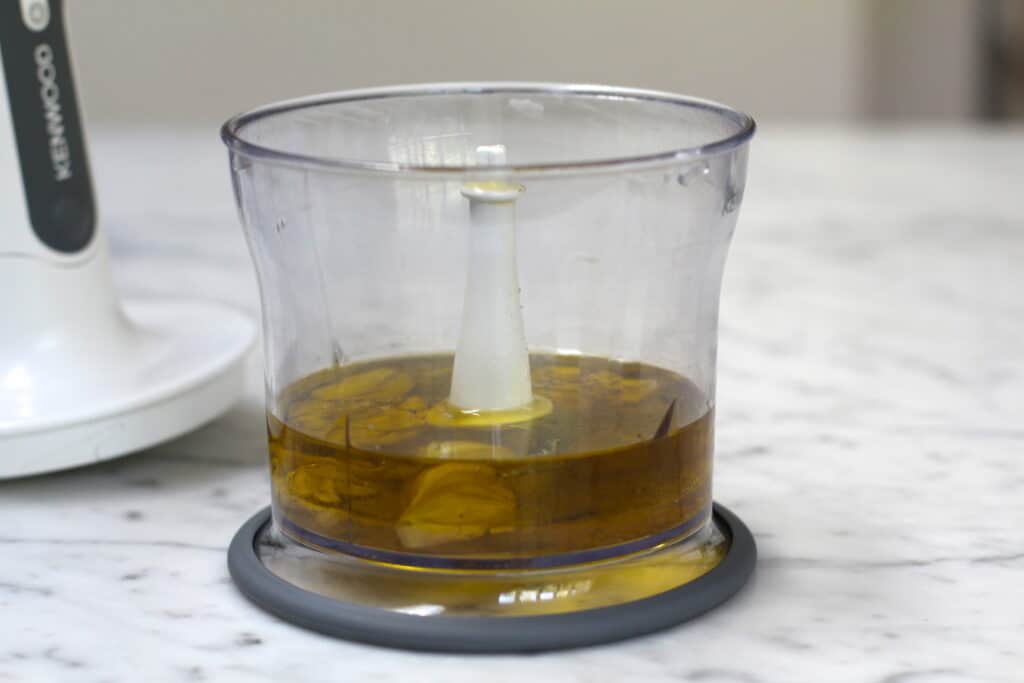
But actually writing down my basic (eye measured and slightly different every week) vinaigrette recipe, accurately enough for it to be followed by others, and repeated with the same result every time, posed a bit of a problem. Over the past few years I have given up herbs (they turned too quickly in the fridge), totally stopped using balsamic vinegar (too sweet), and held true to a white wine vinegar or cider vinegar base. And while traditional French cooking does not often creep into my basic recipe database, you cannot fault a good, Bistro style, vinaigrette.
The well known proportion for vinaigrette, or “mother sauce” as Michael Ruhlman refers to it in his book Ratio, is 3 parts oil : 1 part vinegar. This is really, according to most, the golden rule. Unless you turn to Alan Davidson’s The Oxford Companion to Food, who really thinks the ratio is better if you use 4 parts oil : 1 part vinegar, and more like a 1:1 ratio when using oil and a citrus juice instead of vinegar.
With all vinaigrette confidence now lost, my time was spent investigating, testing and experimenting with actual recipes. Many hours were spent trawling though my 250+ cookbook collection. Lots of “greats” were consulted on the best emulsification methods (my physics is less than basic but even I know oil and water don’t mix). And elation ensued when Harold McGee confirmed that it was ok to make vinaigrette in a blender. Huge sigh. No frantic whisking required. You can even cheat the emulsification process.
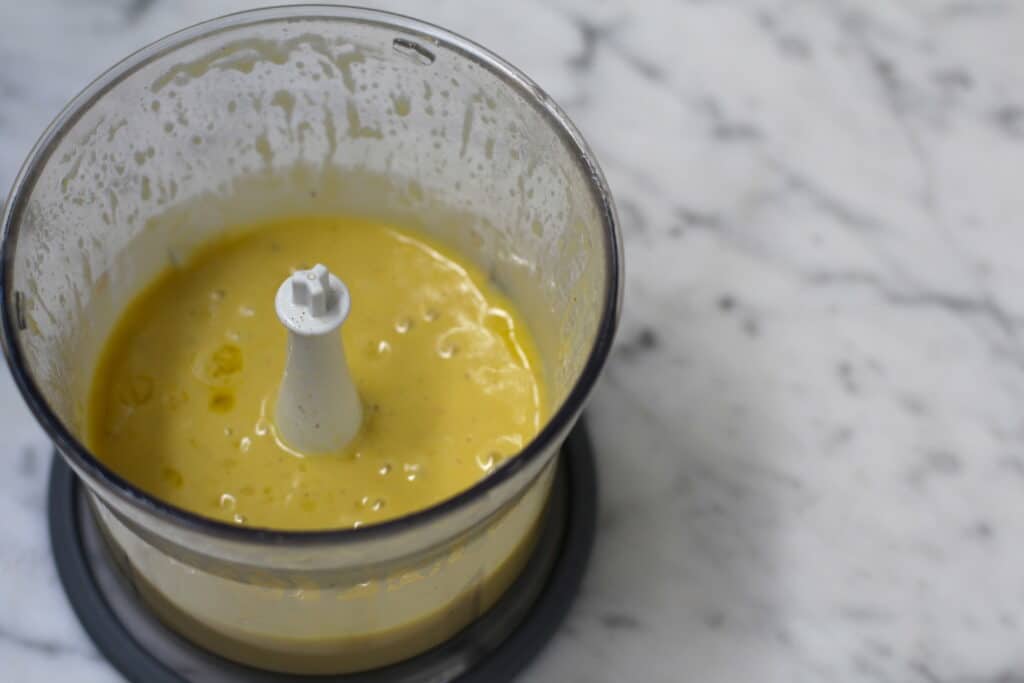
And so in my quest to put pen to paper and pass on to Jess my fail proof vinaigrette recipe – sharp, but not too oniony; thick, but thin enough to coat your favourite leaves; tangy, but not so that it overpowers your veggies, I turned to Raymond Blanc. His mother’s recipe for the vinaigrette she used on her tomato salad is genius. Even though it has garlic and I prefer the sweetness of shallots, you are not left with that raw onion taste and bad breath. The addition of a smidge of warm water, removed any onion (or harsh garlic) flavour, leaving a light and not too sharp, perfect vinaigrette. I have adapted it slightly, but I hope that he would agree that the essence is still there.
Thank you Raymond, and I hope, Jess, this serves you well.



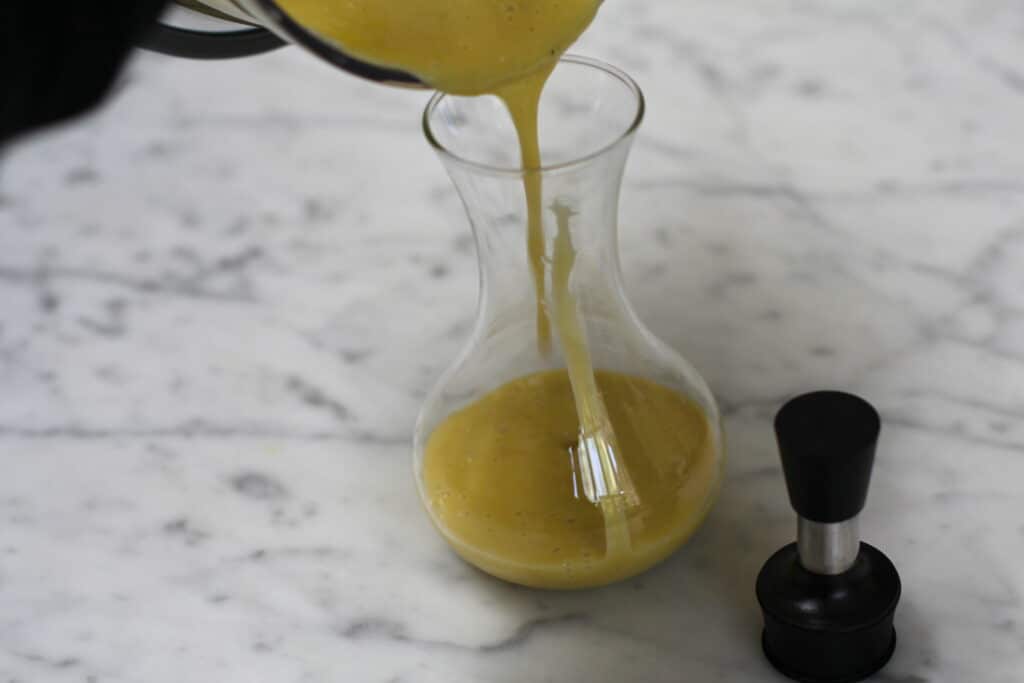
Basic Vinaigrette adapted from Tomato Salad “Maman Blanc” in Kitchen Secrets by Raymond Blanc
I have included a few alterations so that you can change it up from time to time. I have also used part extra virgin olive oil and part sunflower oil as it makes a lighter dressing without taking away flavour, but feel free to use only extra virgin olive oil. Raymond does.
Basic Vinaigrette
- 1 small shallot in quarters (I sometimes use a clove of garlic for a change)
30ml (2 tbsp) white wine vinegar (or cider vinegar)
2 tbsp Dijon mustard 30ml (2 tbsp) hot water
90ml (6 tbsp) extra virgin olive oil
30ml (2 tbsp) sunflower (or favourless oil of choice)
pinch of salt and a few grinds of pepper
To make in a blender: Place all ingredients in a small bowl of a hand held blender, or smallest magimix bowl. Blitz until emulsified. Transfer into a jar and store in the fridge
To whisk by hand: Finely chop shallot (or garlic if using) Whisk together all ingredients. Transfer into a jar and store in the fridge
This dressing keeps for up to 2 weeks in the fridge. If it thickens while waiting to be used, loosen the dressing with a few drops of water and shake
Makes enough for 2 large salads (or side salads for a couple of weeks). It is especially delicious on a summer tomato salad.
Enjoy!
Have you made this dish?
Let me know what you think, share your efforts and any tweaks you made to the recipe on Instagram, don’t forget to tag #BuildingFeasts or email me on info@buildingfeasts.com

